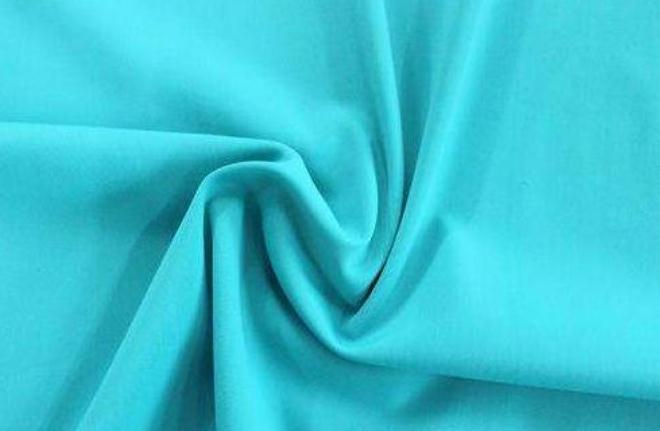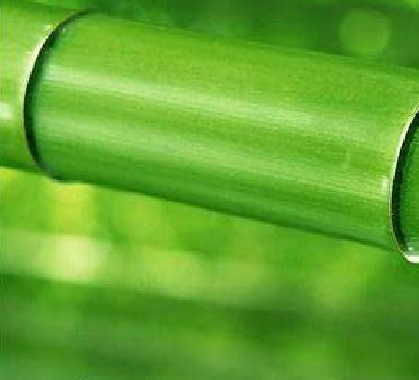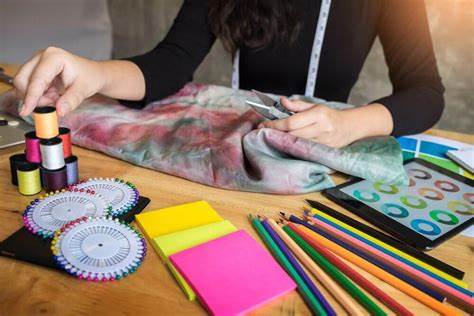Warp knitted fabric (another name: textile)
warp knitting fabric
Warp knitting is a type of knitting process that creates a fabric by simultaneously knitting multiple groups of warp yarns into loops on a warp knitting machine. In this process, each yarn of a group of warp yarns forms only one or two loops in one loop row, and then forms loops in the next row. The loops formed by one yarn are arranged along the warp direction of the knitted fabric.
Warp knitting is commonly used to produce fabrics with a variety of textures and patterns, such as ribbed fabrics, cable knit fabrics, and stretchy fabrics. It is also used to create fabrics with specific properties, such as water resistance, breathability, and insulation.
One of the advantages of warp knitting is that it allows for the creation of complex fabrics with a variety of yarn patterns and textures, which can be difficult or impossible to achieve with traditional knitting techniques. Additionally, warp knitting can be used to create fabrics with a high level of stretch and recovery, which is useful for applications such as clothing, upholstery, and technical textiles.
Overall, warp knitting is a versatile and efficient method for producing a wide range of knitted fabrics, and it is widely used in the textile industry for a variety of applications.
The warp knitted fabric formed by a group of yarns is indeed called a single comb warp knitted fabric, and each loop is basically formed by one yarn. The double bar warp knitted fabric, on the other hand, is made up of two front and back bars, and if the front combs are padded with yarn according to the warp velvet structure and the back combs are padded with yarn according to the warp plain structure, then this double combed warp knitting structure is called a warp plain fabric.
In a double bar warp knitted fabric, each loop is made up of two yarns, which provides a stable loop structure and a smooth surface. The double bar structure also allows for a greater range of yarn patterns and textures, making it a popular choice for a variety of applications, such as clothing, upholstery, and technical textiles.
It’s worth noting that the terms “single comb” and “double bar” refer to the number of yarns used to form each loop in the fabric, with single comb referring to a fabric made with one yarn per loop, and double bar referring to a fabric made with two yarns per loop. The terms “warp velvet” and “warp plain” refer to the specific yarn patterns and structures used in the fabric, with warp velvet referring to a fabric with a velvet-like texture and warp plain referring to a fabric with a plain weave structure.
Multi bar warp knitted fabric is generally woven into floor cloth by two comb bars to make the fabric have the required properties, while the rest of the comb bars are threaded into the warp yarn to form patterns on the floor cloth. There are two types of warp knitted fabrics: single-sided and double-sided. Single side warp knitted fabric is woven in a single needle bed warp knitting machine. One side of the fabric is composed of coils, while the other side is distributed with coil extension lines.
Double side warp knitted fabric is woven in a double needle bed warp knitting machine. Both sides of the fabric are composed of loops, and the extension line of the loops is in the loops on both sides. Warp knitted fabrics have a wide variety, which can be used as underwear, outerwear, curtains, lace, etc. They are also widely used in industry, agriculture, medical and health care and other fields.




